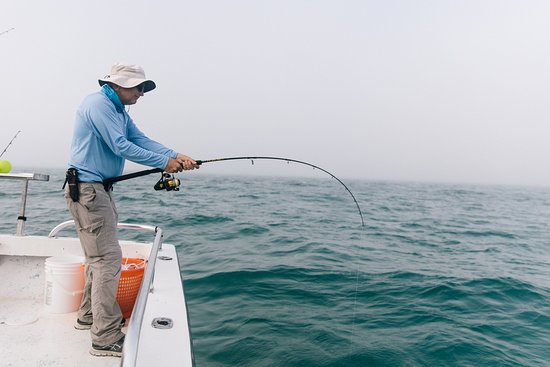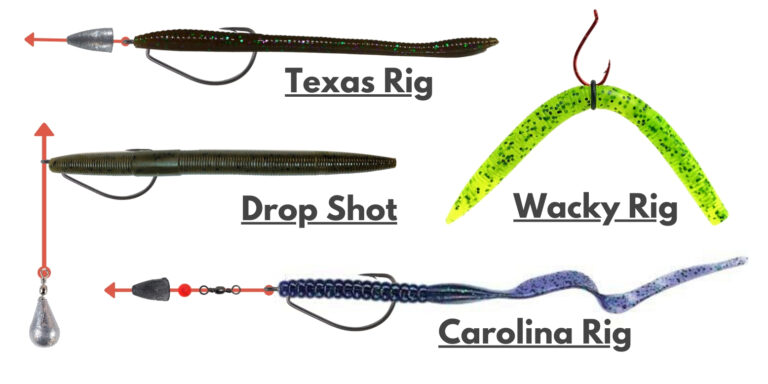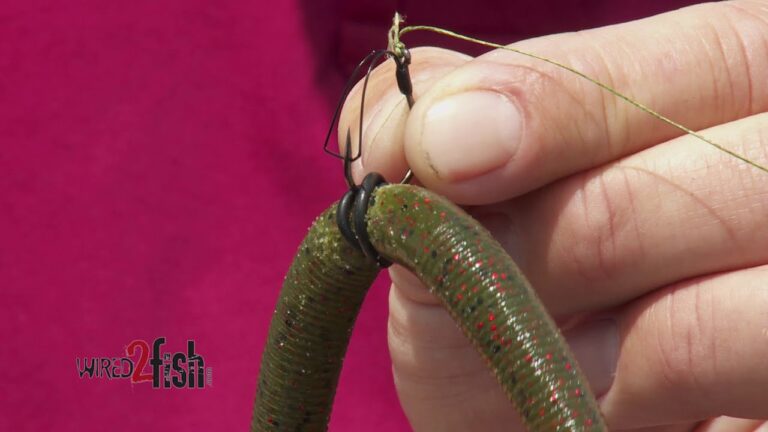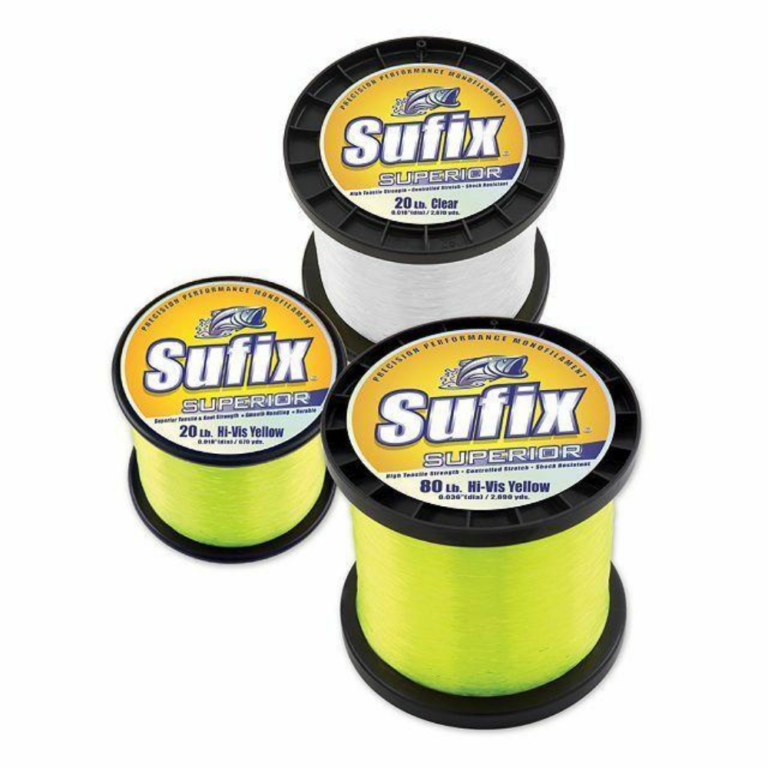How Long is Fishing Line Good for?
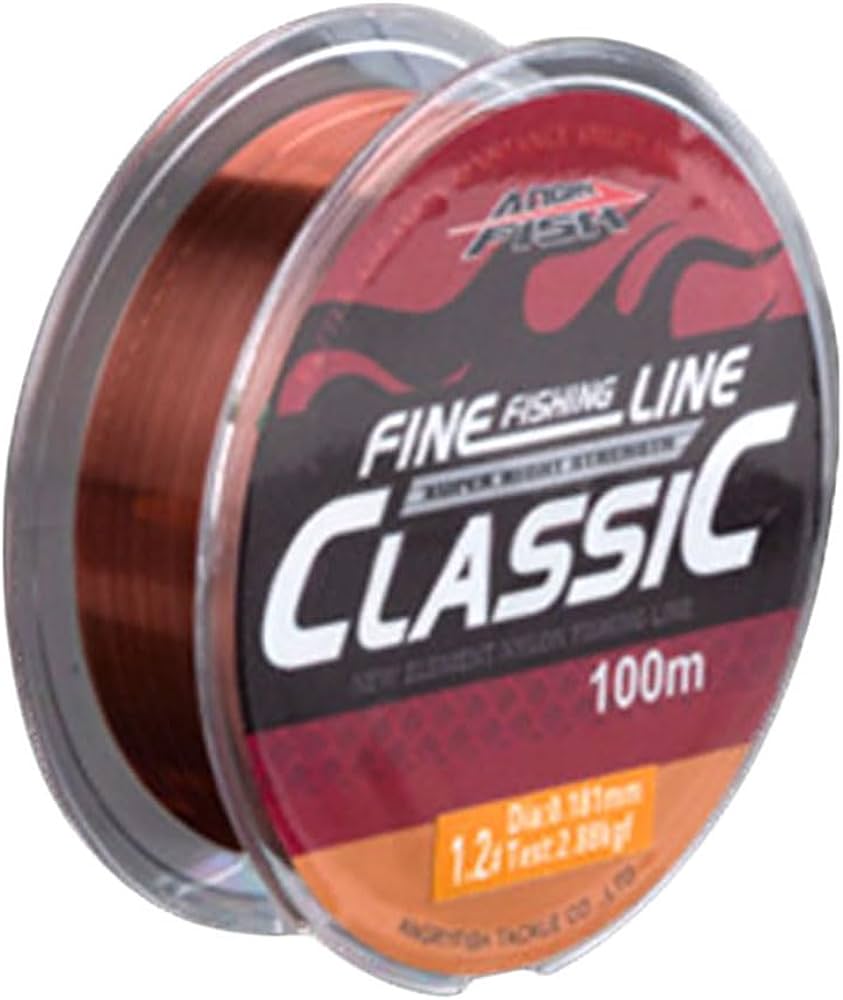
The lifespan of fishing line typically ranges from two to three years. Proper storage and usage can extend its longevity.
Fishing enthusiasts often ponder the durability of their gear, and the condition of fishing line is crucial for a successful catch. Over time, factors like UV exposure and frequent use can degrade the line, making it prone to snapping and weakening its performance.
Thus, avid anglers should assess their fishing line regularly for signs of wear and tear. Monofilament lines, in particular, demand close scrutiny as they are more susceptible to damage from the elements compared to options like braided or fluorocarbon lines.
Ensuring your fishing line remains in peak condition not only improves your chances of reeling in a great catch but also enhances the overall fishing experience. Remember, to maintain optimal strength and dependability, consider replacing your fishing line every couple of seasons or as needed based on its exposure to harsh conditions.
Lifespan Of Fishing Line
The lifespan of fishing line varies, influenced by several key factors. Exposure to sunlight and chemicals weakens line material over time. Frequency of use also has a significant impact. Lines used often wear out quickly. Always store fishing line in a cool, dry place to prolong its life.
| Type of Fishing Line | Typical Lifespan |
|---|---|
| Monofilament | 2-3 years |
| Fluorocarbon | 7-10 years |
| Braided Line | 4-5 years |
Types Of Fishing Lines And Their Longevity
Monofilament lines are popular among anglers. These lines are single-strand, made from nylon. A key trait is their flexibility, useful for various fishing conditions. Proper care extends their life. Typically, monofilament lines should be replaced after one year. Without good care, they degrade faster due to sunlight and heat exposure.
Braided lines offer notable strength and durability. Fishers favor these for their long lifespan. With minimal care, braided lines can last up to 4-5 years. They don’t have memory, reducing line twist. Their main enemies are abrasion and improper use.
Lastly, fluorocarbon lines boast nearly invisible underwater visibility. They resist water absorption, enhancing durability. These lines handle wear well and are ideal for frequent use. Anglers can expect good performance for up to 7 years.
Signs Of Wear And Tear
Fishing line longevity depends on several factors. Visual inspection can reveal signs of aging and wear. Look closely for any discoloration, nicks, or fraying. These are red flags. Lines should appear clear and smooth.
A performance test means checking the line’s strength and flexibility. Tie a knot and see if it holds. A brittle line will snap. Lines must cast and retrieve without issues.
| Common Issues | Details |
|---|---|
| Memory | Line holds coil shape, affecting casting |
| Stretch | Line has lost elasticity, poor hook setting |
| Weak Knots | Knots easily come undone, reduced hold |
| Snags or Abrasion | Physical damage from objects or use |

Credit: aikefishingnets.en.made-in-china.com
Proper Storage And Care
To ensure fishing line longevity, storing it correctly is crucial. Keep it cool, dry, and away from sunlight to prevent degradation. UV rays can damage the line, causing it to weaken over time. Maintaining a steady temperature and low humidity levels will also help preserve its strength and flexibility.
Regular inspections for wear and tear are essential for maintenance. Cleaning your line helps remove dirt and salt which can degrade its quality. After cleaning, coiling the line loosely for storage avoids stress and kinks that can lead to breakages. Use these tips to keep your fishing line in prime condition.
When To Replace Your Fishing Line?
Replacing your fishing line is vital to ensure peak performance. Professionals suggest a yearly switch for casual anglers. Those who fish often should do it more frequently.
- Monofilament lines last 6 months to a year.
- Braided lines should be changed every 2 to 3 years.
- Fluorocarbon lines can work well for up to 7 years.
Examine your line often for nicks or frequent tangles. Sunlight and water conditions also affect the line’s lifespan. Notice any loss of flexibility or fading color? Change the line before your next trip.
Frequently Asked Questions
How Do I Know If My Fishing Line Is Still Good?
Check your fishing line for any discoloration, nicks, or memory coils. Ensure it’s not brittle by tugging on a section. Replace the line if it shows signs of wear or fails the strength test.
How Often Should Fishing Line Be Replaced?
Replace monofilament and fluorocarbon fishing lines at least once a year. Swap out braided lines less frequently, typically every two to three years, unless damaged or heavily used.
How Long Is Fishing Line Good For If Not Used?
Unused fishing line can remain in good condition for 2-3 years if properly stored away from heat, sunlight, and humidity. Regularly check for damage before use.
How Long Does It Take For A Fishing Line To Degrade?
The degradation time for a fishing line varies by material: Monofilament lines may take 600 years, while braided lines have an indefinite lifespan.
Conclusion
Wrapping up, proper care extends your fishing line’s lifespan. Store it away from heat and sunlight. Remember, monofilament lasts about 2-3 years, while braided lines serve up to 10 when maintained. Gauge line condition before each trip to ensure a successful catch.
Time to reel in the big one responsibly!
